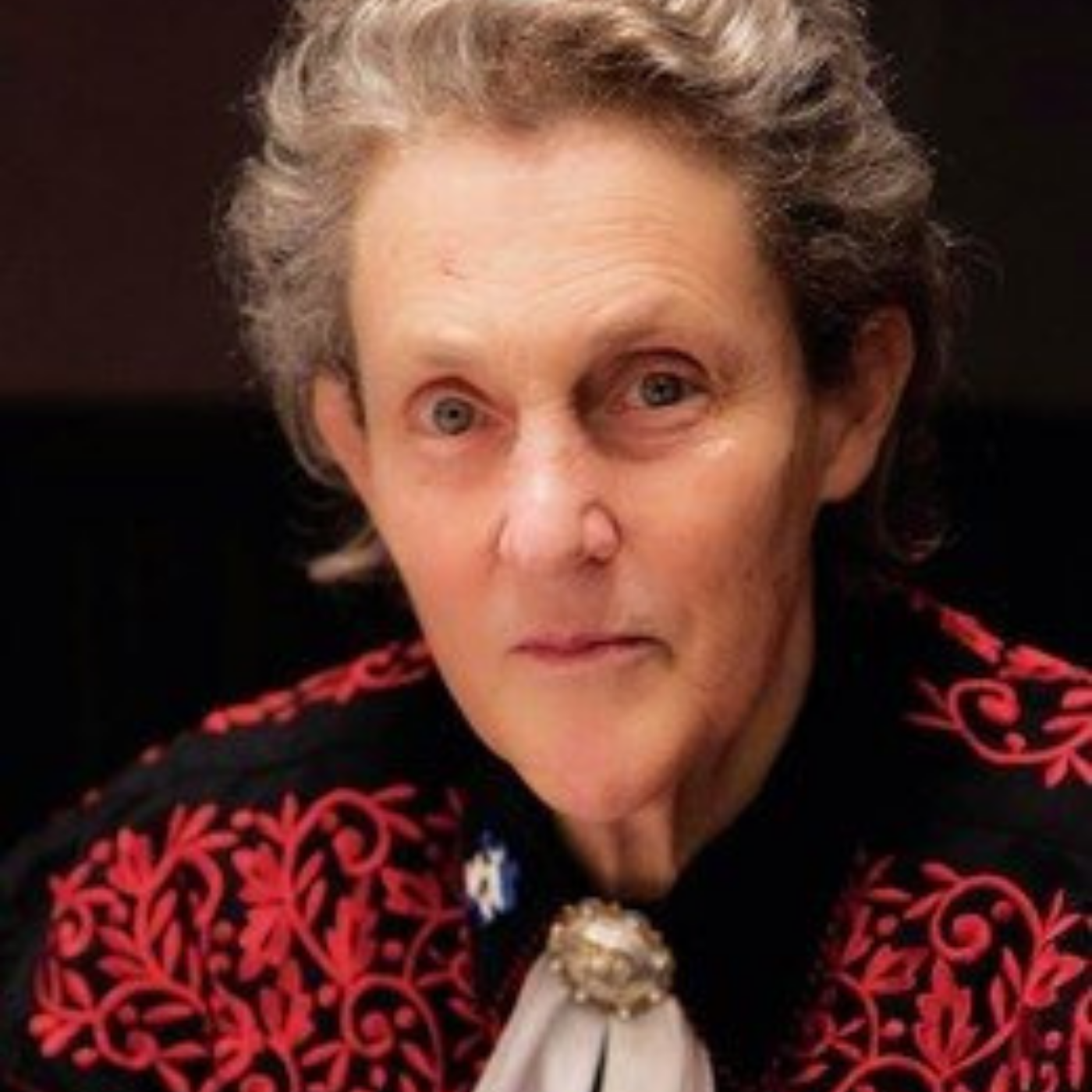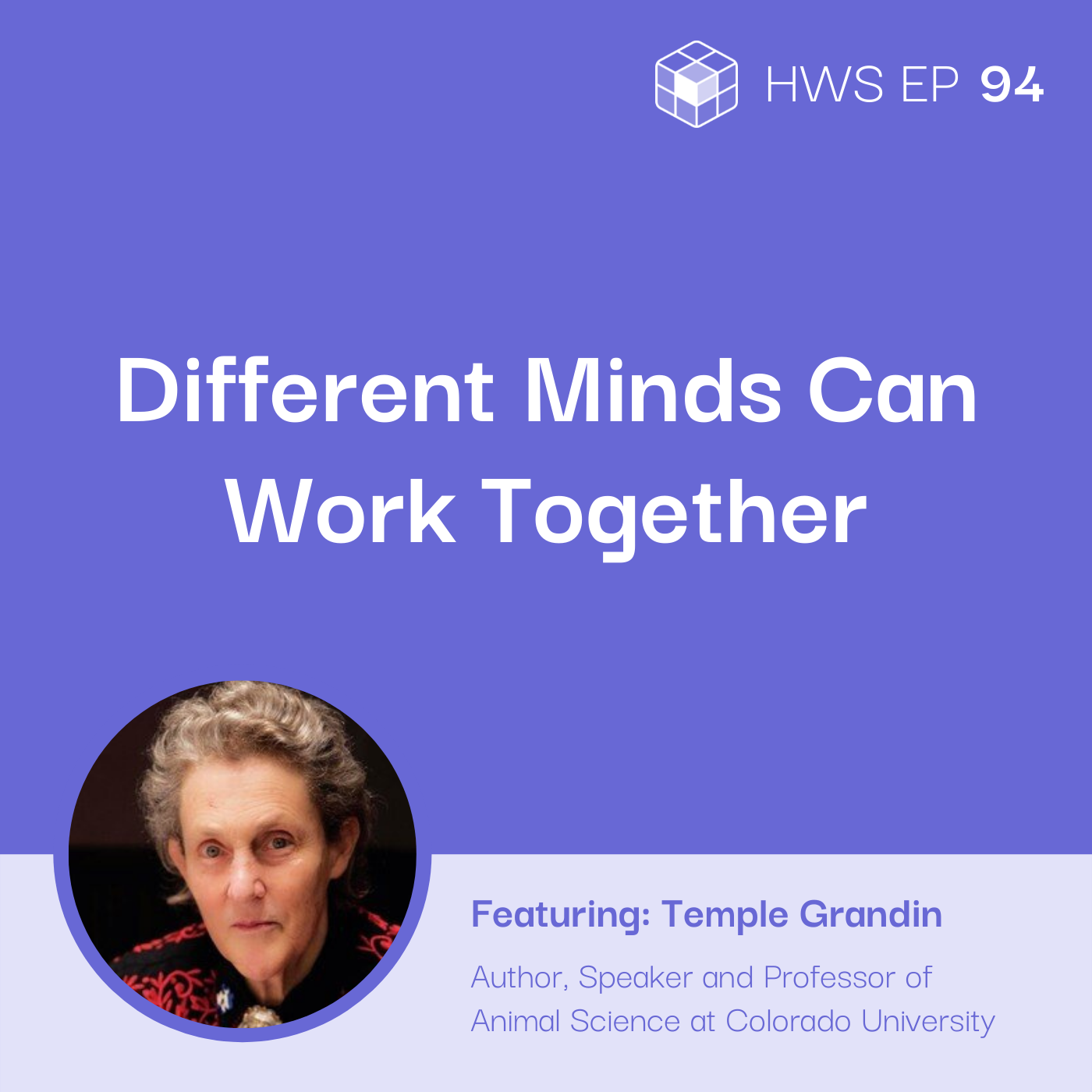Listen on:
Table of Contents:
Problem: How can a manager working with those that have Autism Spectrum Disorder (ASD) help them excel and be productive?
Dr. Temple Grandin noted that 20% of the people she met within Silicon Valley, from engineers to programmers, have undiagnosed autism. Special abilities include photographic visualizers, mathematical visualizers, and highly verbal spectrums. Integrate Autism Employment Advisors estimates that 85 percent of college-educated adults with autism are unemployed. Most organizational cultures rely so heavily on interpersonal and communication skills that it can be difficult for someone with autism to succeed without support once they are hired. How can the manager working with those that have Autism Spectrum Disorder (ASD) help them excel and be productive?
Well, I’ll tell you that. But also about 20% of the people I work with, engineers up and about at Silicon Valley, half of the programmers are undiagnosed autism. So, it’s a very wide range, and you actually get three kinds of specialized thoughts of autism. You get the object visualizer like me who thinks in photo-realistic pictures. You get the more mathematical, visual, spatial— thinks more in graphs and patterns. Often good at music. And then you get the words, a thinker who is completely verbal. And you also have some of these different kinds of thinking with the people who are not autistic either. But the thing is the autistic person to be more extreme. An extreme object visualizer and an extreme mathematician. And the first step is realizing that these different kinds of thinking exist.
Realizing How Different Minds Can Work Together
Dr. Grandin emphasized that employers and companies need to understand how different minds work. The way our brain works is affected by a number of factors. A way to understand how complex the brain is, is to consider that the same genes that give us our brains are also responsible for autism and schizophrenia. There are some of us who have extra circuits that give us different ways of thinking. Working with differently-abled individuals begins with this step.
In the world, we need the different kinds of minds. The more social people don’t get stuff done. Let’s look at the brain from an engineering standpoint, you’ve got a certain amount of processor space in that brain. So, how am I going to allocate it? I’m going to allocate it to social, emotional, or allocate it to engineering, art, or math? And what tends to happen in autism, as it gets more into the thinking, your brain can be more thinking or frankly, more social, emotional.
Step # 1 Do not be vague, be specific with them
Those on the spectrum aren’t good at following vague, open-ended instructions. When instructing and briefing them, you must be very specific. These are some of the best examples of how specific you can get when working on a project with them.
- Identify the limitations of the project. What could be done and what couldn’t be done.
- Be clear about the outcomes you hope to achieve.
- When working on a project like programming or coding online, let them know which platforms they are designing for.
- What are the deadlines they must meet?
Also, people with autism need specific instructions. Like, when I was out doing design work all the time, I’d go into a big beef company. We’re going to remodel the whole front end. I’ve got to know exactly what the scope of the job is. Is it new construction? Can you show me the site plans? But let’s say we’re doing a remodel job, I need to know what I can tell you. Well, is the land on the other side of the fence, yours? Can I design something that has clear outcomes? All right, let’s take it. The tech company, you’d say, the person wants you to write some software on a certain platform using this electronics. And it does a certain thing and get it done in three weeks that specific.
Step #2: Understand their sensory triggers
The physical environment in which people work is also crucial. You have to understand that some are triggered by LED light flickers, so having too many artificial lights makes them feel like being surrounded by strobe light. Others are triggered by too much noise. Create a physical, working environment that helps them avoid these sensory triggers.
And the other thing in terms of the workplace, some people have problems with certain LED lights that tend to flicker. So, the entire office would be like a strobe light. That’d be horrible. Now, not everybody has this problem. It might be only 10 or 20%, but it really bothers them. Some people need a really quiet place to work.
Step # 3: Understand how you can handle their emotions better
Understand that people on the spectrum don’t do very well in social situations. Some interactions are hard for them to follow. Guide them and be sensitive about their needs. Check if they can be great in other areas of work like design, mechanical jobs, or problem-solving positions. Some of the best practices you can implement:
- Encourage them to have one-on-one conversations, instead of conversations in group settings. Some people on the spectrum socialize better in this setup.
- Avoid surprises. This throws them off guard, causes panic, and makes them feel scared.
- Give them creative outlets where they can do things they enjoy.
A lot of social conversations go by really fast. I can’t hear them. I have trouble following. There are also things when those non-autistic employees don’t throw a surprise. Surprises scare. The guy gets new boss? Give them a warning, surprises scare, and they can just completely panic. Sometimes they have to have the right kind of boss, and then there are certain things they are extremely good at. And I worked with skilled, tradespeople. Two of them that were autistic, undiagnosed. They had 20 patents, each of mechanical devices, and one of them sells it all around the world and has a big business doing this. This is another reason why I’m very concerned about taking classes, workshops out of the school. Taking the art out of the schools. Taking theater out of the schools, cooking, sewing because these give them visual thinkers places to do things where they can excel.”
Step # 4: Encourage Diagnosis
Adults whose autism is undiagnosed early on find relief in understanding their relationships when diagnosed. Even ones who are working often have a better understanding of how they can work better with others once they understand their conditions or what spectrum they’re in. Encourage them to seek professional help.
I think people on the spectrum are having a hard time fitting in well because some people are diagnosed later in life. All are employed in good jobs, ranging from a veterinarian, a doctor, computer scientist, a tour guide, somebody who worked at a large store, a wide variety of jobs, and they talk about their marriages or relationships. Now, what the diagnosis helped them was understanding the relationships. A lot of the people consider it almost a relief
Thoughts on hiring people on the spectrum?
“Well, I think a lot of companies are realizing that people on the spectrum have lots of skills. I mean, throughout my career, I’ve worked with lost people on the spectrum, or even the ones undiagnosed. I’ve had grandfathers and grandmothers coming up to me all the time to find out they’re on the spectrum when their kids get diagnosed. So, why did that person end up with a job? They had a paper route at age 11, also in my generation, social skills were guided by grownups.”
Resources listeners can use to understand autism better (books by Dr. Temple Grandin on Autism):
This interview is part of the How We Solve podcast. To hear more from industry experts who are solving everyday business problems, check us out on Spotify, Apple Podcasts, and on our website.
About the guest

Temple Grandin Ph. D.
Dr. Temple Grandin is well known to many for her trailblazing work as a spokesperson for people with autism and her lifelong work with animal behavior.
She has been with Colorado State University (CSU) for over 25 years and has been referred to as the “most famous person working at CSU” by her peers. Her life’s work has been to understand her own autistic mind, and to share that knowledge with the world, aiding in the treatment of individuals with the same condition. British neurologist, naturalist, historian of science, and writer, Oliver Sacks referred to Dr. Grandin’s work as: “unprecedented because there had never before been an inside narrative of autism.”
How people can people reach the guest:
Official Website: Dr. Temple Grandin’s Website
LinkedIn: Temple Grandin
Twitter: @Dr.TempleGrandin
Facebook: Dr. Temple Grandin
Listen on:
